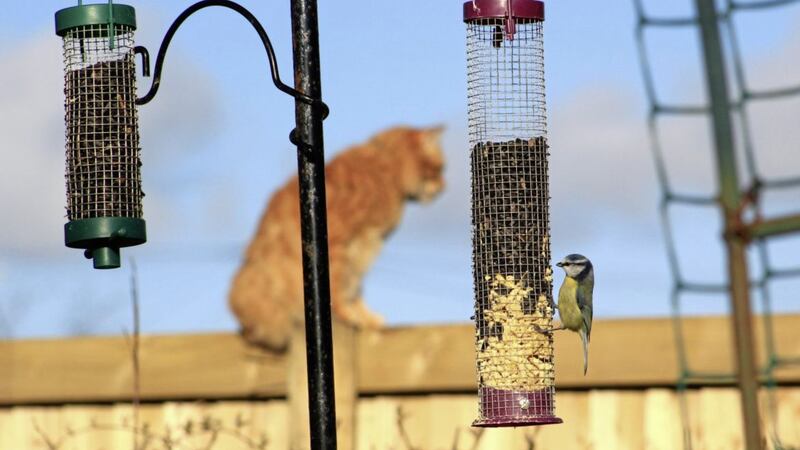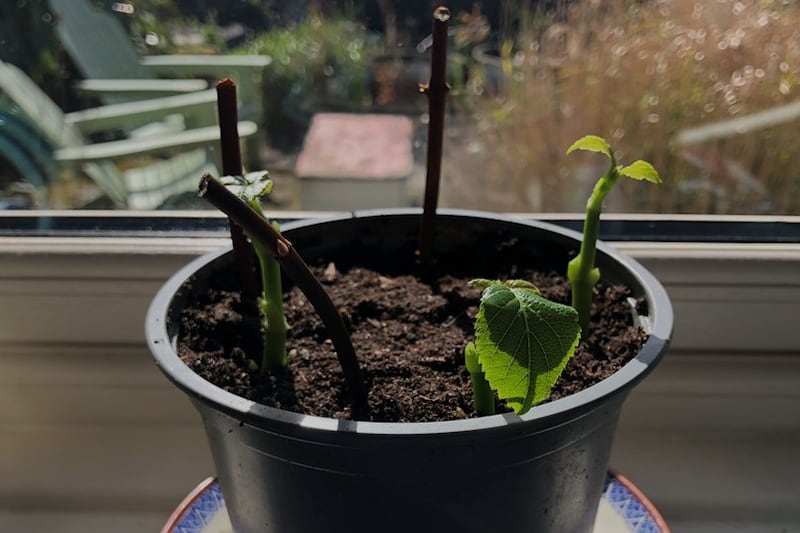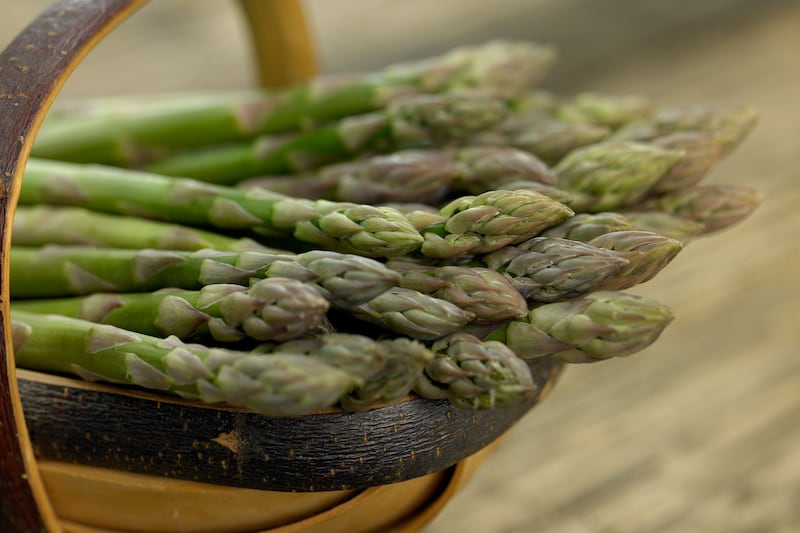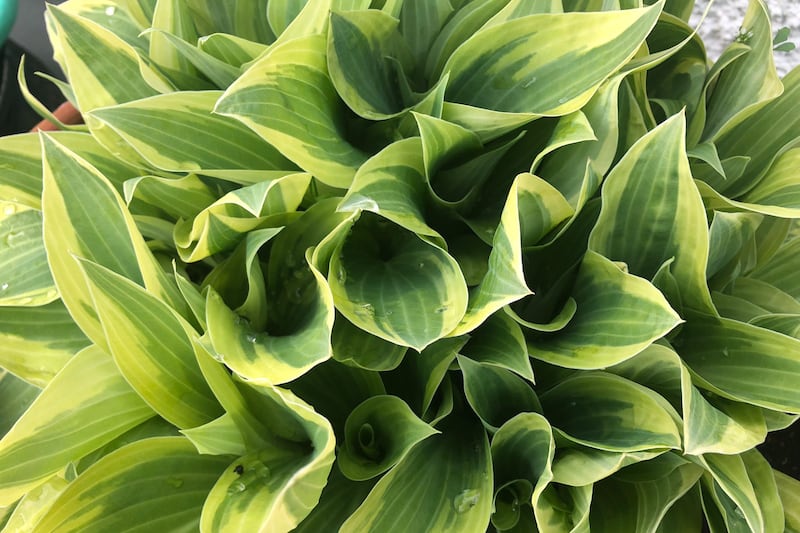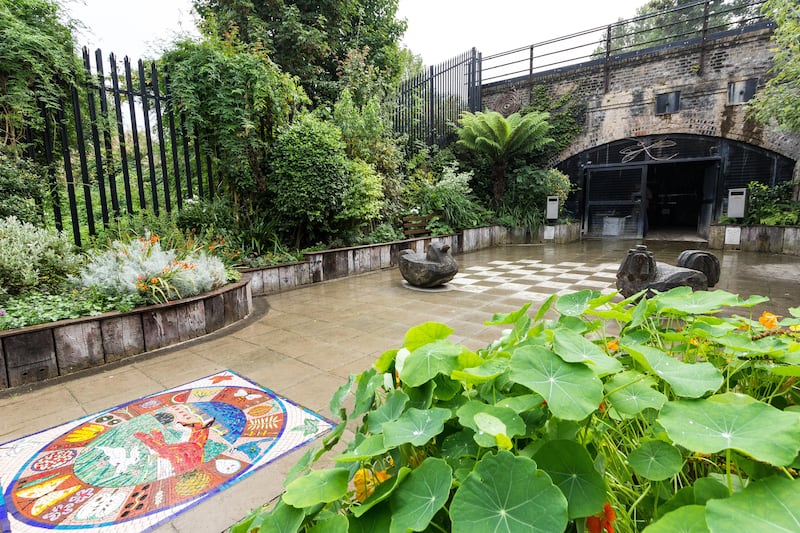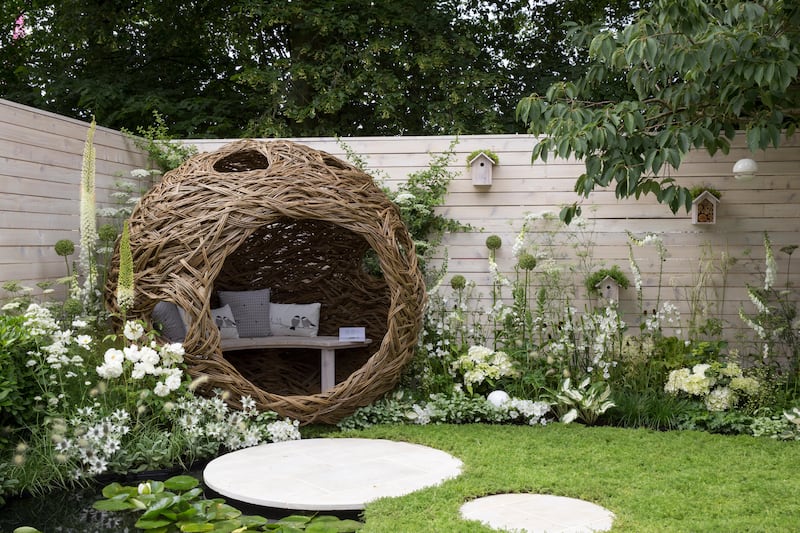ARE visiting cats scaring the birds away from your feeders and birdbaths? There are things you can do to deter them, say experts.
In the run-up to Big Garden Birdwatch (rspb.org.uk), where people are asked to record species for an hour between January 28-30 and send their findings to the RSPB, it might be time to put some deterrents in place to give you the best chance of spotting birds in your garden.
The RSPB says cats are unlikely to have a major impact on bird populations, because they tend to go for weak or sickly birds which would have died anyway.
But if you don’t want your cat delivering a feathered gift to your back door, there are ways to deter it, says conservationist, ornithologist and cat owner Dan Rouse, author of How To Attract Birds To Your Garden (DK, £16.99).
Here are some top tips from Rouse and Helen Moffat of the RSPB.
Use a collar with double bells: “If my cat is playing in the hedges the birds know that he’s coming, so it would give them time to hide,” says Rouse.
Fill bird feeders when the cat isn’t around: “Feed the birds outside of your cat’s playtime,” she suggests. “If you are letting the cat out in the morning, don’t go and feed the birds as soon as the cat’s out because it will be primed and ready to play.
“It’s better to feed the birds when the cat’s indoors, so the birds get a chance to feed without disturbance.”
Site nest boxes carefully: Make sure your nest boxes are not near the top of a flat surface, such as a wall, where a cat could sit and physically reach down for fledglings, she advises. Nest boxes should go at least 2ft below the top of a wall.
Use plant deterrents: Plant thornier types such as roses or hawthorns around your bird feeders, discouraging cats from approaching too closely, Rouse suggests.
“Cats don’t like citrus-scented plants like lemon mint or lemongrass. My cat doesn’t like lavender at all.”
Moffat adds: “Dense climbers and thorny shrubs provide cover for birds, preferably not too far from the feeders so they can flit back and forth in safety. Just ensure it’s not substantial enough for cats to use as cover too.
“Vegetation like this is helpful for birds at other times of the year, offering berries for food in the autumn and potential nesting sites in spring. This kind of planting provides some nice greenery to look at as well, covering up bare patches of fence and, if you choose native plants, it will help pollinators.”
Move ground feeding stations upwards: “Where you place food is important – avoid ground-feeders if you know there are cats around,” Moffat advises.
“Use a bird table instead, with objects around the base and stand, such as plastic bottles, that make it hard to climb. Metal poles are slippery and make it harder still. Hanging feeders are great for many birds but make sure they’re not too close to walls and fences which cats could jump from.”
Deter neighbouring cats: Spread citrus peel and zest near your bird feeders and dishes, and at the foot of gaps in hedges, as the smell may deter uninvited cats, Rouse suggests.
And if all else fails…
“We recommend the Catwatch (catwatch.co.uk) cat deterrent,” says Moffat. “The sound emitted is inaudible to humans and safe for other wildlife. Cats don’t like the noise so will tend to steer clear. We’d always remind people to be mindful of not harming cats when choosing their deterrents.”
Big Garden Birdwatch runs from Jan 28-30. For details visit rspb.org.uk
